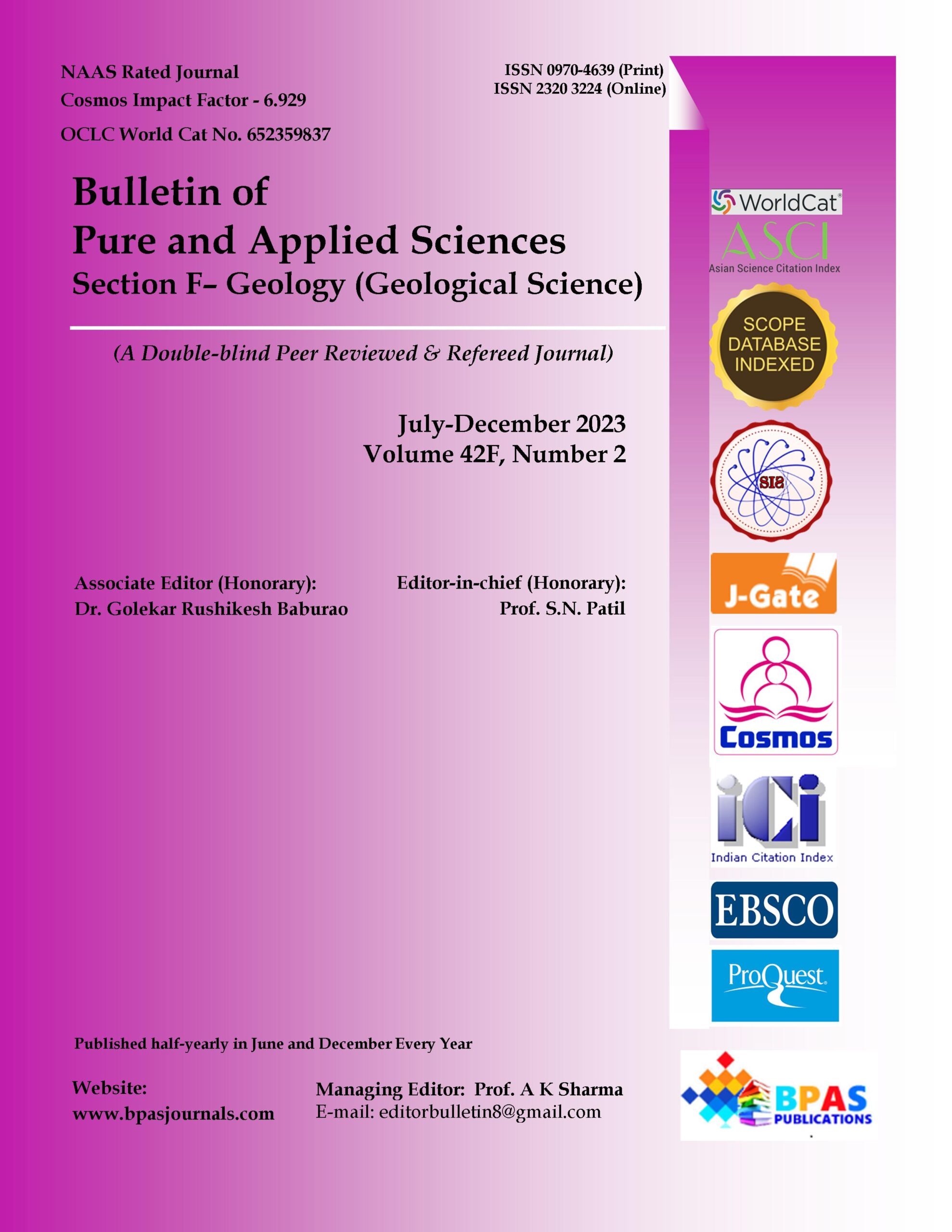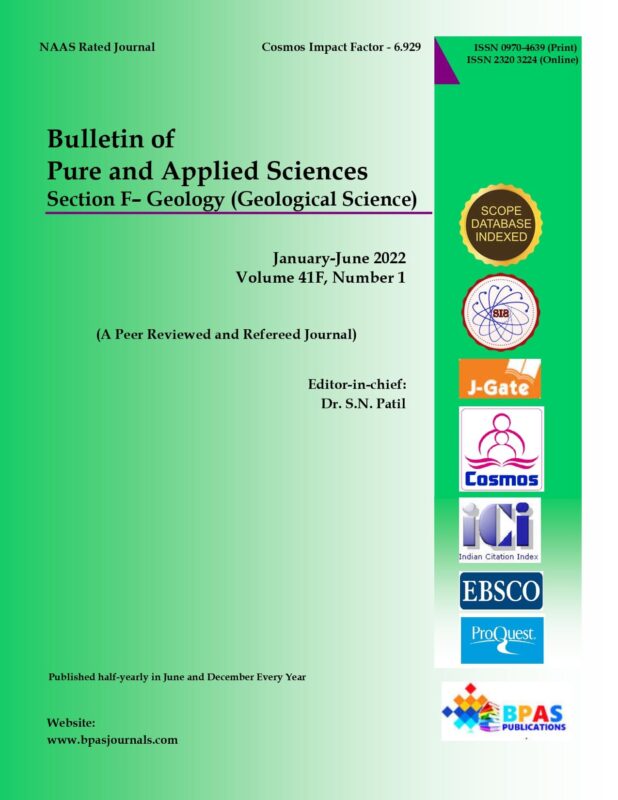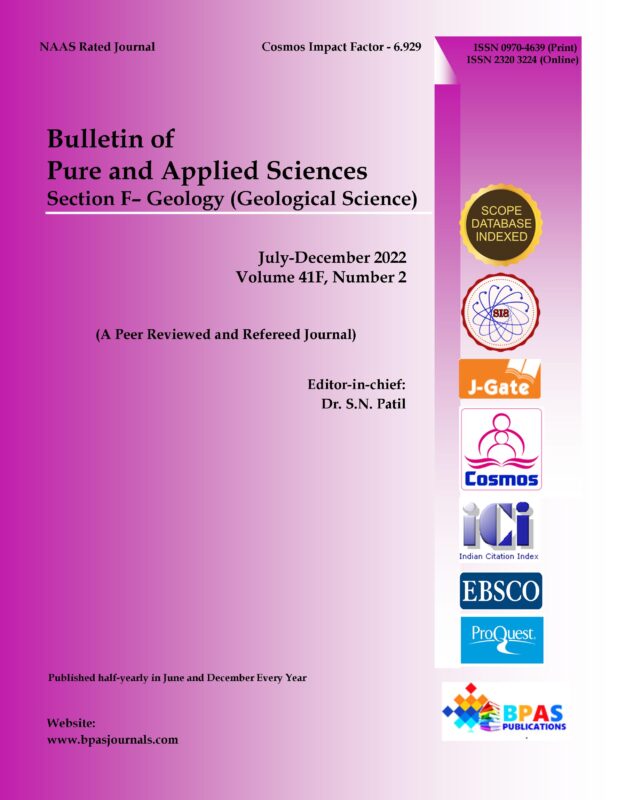Utilization of GIS Model Mapping to Detect Fault Segments in Mesopotamian Foredeep Basin
9.38$
Utilization of GIS Model Mapping to Detect Fault Segments in Mesopotamian Foredeep Basin
Dr. Zeyad Jameel Al-Saedi*
| Bulletin of Pure and Applied Sciences.
Geology (Geological Science), Vol.42F, No.2, July-December 2023: P.219-233 |
| Original Research Article |
Categories: 42F(2), JUL-DEC 2023, BPAS-Geology
Description
Description
Utilization of GIS Model Mapping to Detect Fault Segments in Mesopotamian Foredeep Basin
Dr. Zeyad Jameel Al-Saedi*
| Author’s Affiliations:
National Center for Water Resources Management, IRAQ
|
| *Corresponding Author: Dr. Zeyad Jameel Al-Saedi, National Center for Water Resources Management, IRAQ
E-mail: zeyadjameel@gmail.com
|
| (Received on 17.07.2023, Revised on 13.09.2023, Approved on 04.10.2023, Accepted on 10.11.2023, Published on 15.12.2023)
|
Abstract
Abstract:
The Mesopotamia Basin is widely recognized as a significant aggradation geomorphological entity, characterized by the dominance of fluvial, lacustrine, and aeolian landforms. The geographical scope of this study spans a specific region within the Mesopotamian Basin, specifically including Nasiriyah and Basrah located in the southern region of Iraq. It comprises a collection of Joint and fault systems that serve as indicators of various tectonic occurrences that have influenced the Arabian plate from the pre-Cambrian era up till the present day. The major goal of this model is to mapping and detects fault segments to get information about the large faults existing which is not recognized by prior work. A Geographic Information System (GIS) model was employed to create three digital layers, namely Lineament, drainage patterns, and lithological contact. These layers were established using several sources of information. The initial step of the GIS demonstration includes the input information, and the subsequent includes the selection of the equation for this model to specify the vulnerability of faulting segments in the research sector. Moderate to large lineaments (fault lines) were identified the results suggest an additional (26,15) new fault segment line numbers for the areas Nasiriyah and Basrah respectively which were not known by the fault map over the research sector, these fault lines reflect crustal structures (large length lineaments), as well as analysis lineaments from satellite images, enables obtaining a miscellany of terrain applications, such as the selection of landfill sites, determining terrain stability, dam sites, and many other applications
Keywords: Drainage pattern, Fault lines, GIS Model, Lineament, and Lithological contact.



